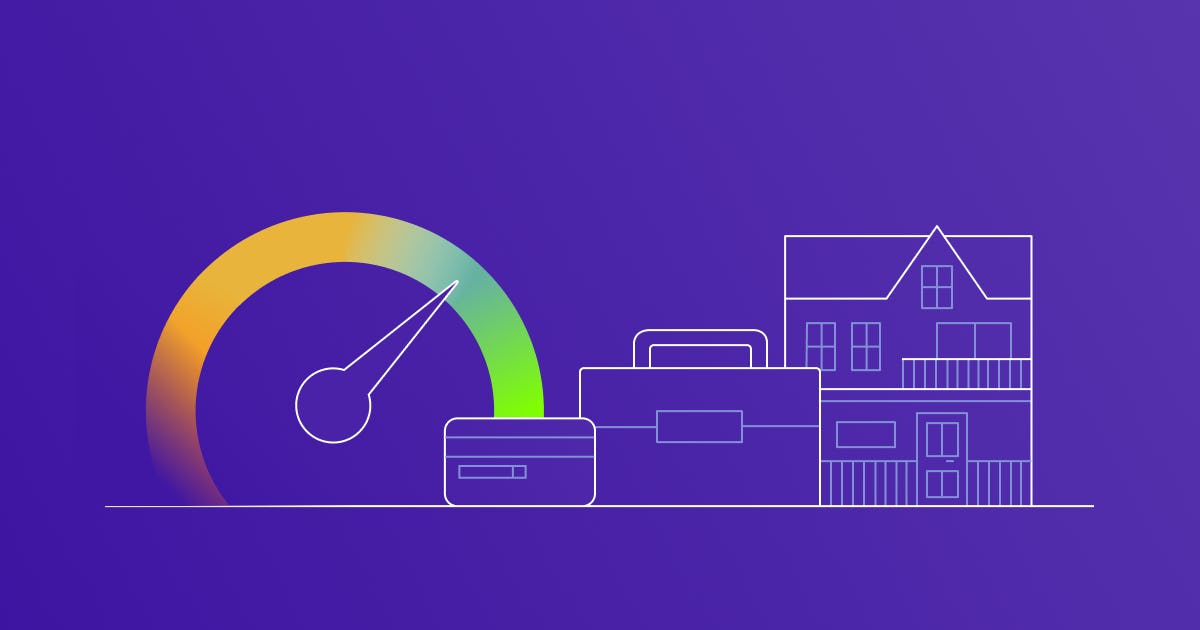Payment info
Where and when to send payments
Though this is the most basic information to know about your debt, it’s crucial. Some loans are also more apt to be sold to new lenders, which typically means you’ll have a new place to send payment. If you have a number of bills to pay, it can be easy to forget about one, but being late by just one day can cost you.
Interest
The type and rate
If you’re like most folks, you have a vague idea of the interest rates on your debt, but you don’t know the exact numbers. According to a survey by CreditCards.com half of all people carrying a balance on their credit cards are unsure or completely unaware of the APR they have. Knowing the exact rate on all of your debt is crucial. It will help you stay on top of how much you’re paying a year in interest and if you could save money by consolidating, refinancing, or moving a balance.
Fees
Annual, late, and any other fees that could occur
Lenders seems to have fees for almost everything.Beyond annual and late fees, there are balance transfer fees, cash advance fees, foreign transaction fees, late payment fees, returned payment fees and more. Knowing all the fees associated with every loan you have and when they occur can help you avoid or at least budget for them.
Penalties
Some credit cards will drastically increase rates if you miss a payment, some loans charge you if you pay off your loan early, and some may even cut off your credit line. It’s important to know these things before you take any loan
How much credit you have and how much you’ve used
This can seem like a lot to keep track of, but it will help you understand your credit utilization, which plays a strong role in credit scores. Credit utilization is the total amount of your debt, divided by your total credit card limits. You should try to keep your utilization to no more than 30% of your credit limit.
Debt-to-income ratio
This isn’t related to a single loan, but you’re overall ability to take on debt. To calculate, add all your monthly debt payments (i.e., mortgage, student loans, credit cards, auto loans, etc.) and divide them by your gross monthly income (i.e., the income before taxes and other deductions are taken out). 43% is generally the highest ratio someone can have and still qualify for a loan, but most lenders prefer you have a ratio lower than 35%.
